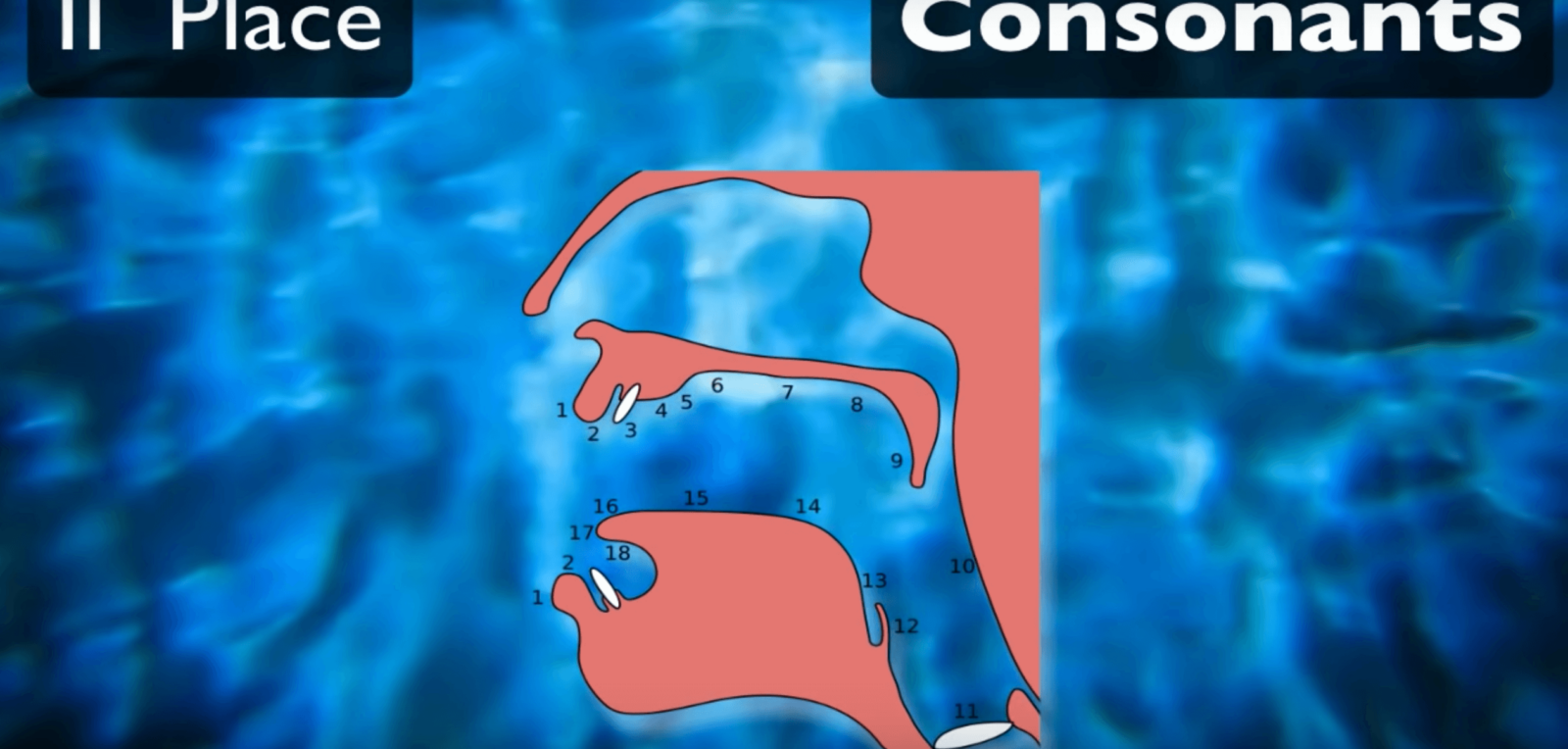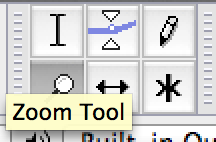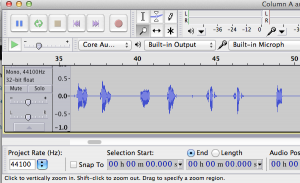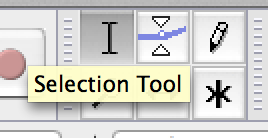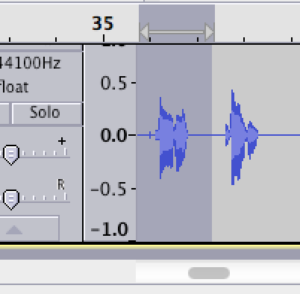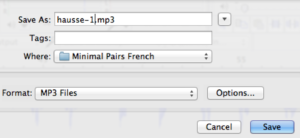Pronunciation and Ear Training
We’ll break this up into two chunks: The Pronunciation video series, and a discussion about Minimal Pair testing.
The Pronunciation Video Series:
This is a series of 3 videos on English pronunciation that will teach you about what’s going on in your mouth when you pronounce English words. In Appendix 4 of the book, I use different (significantly less terrifying) vocabulary than I use in these videos, but the content lines up, and the fact that videos can show you pictures and actually make sounds will make these pretty accessible and interesting. Enjoy!
Pronunciation Tutorial 1: English and the IPA – Voicing and Place
Pronunciation Tutorial 2: English and the IPA – Manner
Pronunciation Tutorial 3: English and the IPA – Vowels
Pronunciation Tutorial 4: How to improve your pronunciation using IPA (French Pronunciation)
(Warning! This one gets pretty technical!)
What’s a minimal pair test?
If you have no idea what I’m talking about, here’s a handy video introduction to the topic. To sum it up in a sentence, you can rewire your ears to hear new, foreign sounds by testing yourself using recordings of very similar words (“rock” vs “lock”, “rue” vs “roux”, etc.)
How do I make my own?
To do this, you’ll need to assemble a list of interesting word pairs, get them recorded, chop those recordings up into individual sound files, and get those files into the Anki flashcard software. Depending upon how many sounds you want to train, this process may take some time, but I’ve found that the work is pretty fun – you’re mucking around with your target language’s sound system and playing with a bunch of computer programs – and in the end, it’s really empowering, as you’re teaching yourself your language. So let’s get started:
Get a list of minimal pairs to play with
To train your ears on a new sound, you’re going to need to find some words that contrast that new sound with some other, extremely similar sound. In French, for instance, there are two “O” sounds that are unfamiliar to English speakers: [o], or “closed O” and [ɔ], or “open O”. They sound like this:
Closed O, [o]:
Open O, [ɔ]:
To train your ears to recognize these two O’s, you’ll want to find a few words that contrast them directly, like nôtre/notre or hausse/os. So where do you find those words?
Unfortunately, it can be difficult to find a centralized source of minimal pairs, and each language’s resources differ considerably. When I began studying Hungarian, for instance, I found a great list of minimal pairs right in the beginning of my textbook that covered every problematic sound in the language. For other languages (Italian, for instance), I’ve had a lot of difficulty finding good pairs, and have had to resort to guessing (I know cagna is a word…so what about cania?) and checking in a dictionary or online (Italian Wikipedia says Cania is a commune in the Cantemir district of Moldova…not a particularly common word, but I suppose it counts…). Check the first pages of your grammar books or look into a pronunciation book to look for some options.
Because of this problem, I developed a community-supported list of useful minimal pairs in as many languages as possible. Check out our Pronunciation Trainers, which include minimal pair tests by clicking here. You can also click here to get IPA pronunciation flashcards in other languages, such as French and Spanish. If you have a good list for your language of choice, send it over and I’ll link it here.
Get those minimal pairs recorded
In the beginning, you’re looking for a single native speaker to record each pair of words. Later on, some variety will produce better overall results, but at least in the beginning, using only one speaker will make it easier to adapt to the new sounds. (Then, if you want to step up the difficulty and improve your ears further, have another 1-3 speakers record some pairs). To make the recordings, either go to Rhinospike.com and have them done for free (you’ll need to record some stuff in your native language to boost your request higher in the list), or go to Fiverr.com or Elance.com and hire someone there to do it. Fiverr’s neat because it’s only $5, Elance tends to produce faster results but is more expensive, and Rhinospike is great but there’s no guarantee that you’ll get your recording quickly.
A tip: Ideally, you’re going to want your native speaker to record each word with the same intonation.
A tip: Ideally, you’re going to want your native speaker to record each word with the same intonation. Usually, when you give a native speaker a list of pairs to record (nôtre/notre, hausse/os), they have a very predictable, slightly problematic intonation pattern. They’ll go up on the first word, as if it was a question (“Nôtre?”), and they’ll go down on the second word (“Notre.”) That gives you an aural clue that’s not particularly helpful for ear training. You can fix this by having them say each word twice. You’ll still get that intonation pattern – “nôtre? nôtre.” – but now you’ll have pairs that you can compare directly (“nôtre?” vs “notre?” and “nôtre.” vs “notre.”).
Chop the recordings up into individual sound files
Your cheapest bet for an audio editor is Audacity. It’s free and it runs on Macs, PCs and Linux without any trouble. Here’s what you’ll do:
- Open up your sound file and select the zoom tool (click each image to expand):
- Zoom in until you can see each recorded word individually:
- Switch to the selection tool:
- Select your first word (you can hit space to play it, if you’re not sure what you’re selecting):
- Up top, in the File menu, choose “Export Selection.”
- In the bottom of the window that pops up, select “Format: Mp3 Files”, then save your sound file.
- Do that for each word you had recorded.
One of our users has found another, and easier, way! Audacity can actually do most of this work for you if you use the Sound Finder feature (under Analyze -> Sound Finder). This will create a label track and automatically add labelled regions based on sections of continuous sound. So if you have a long audio file with someone reading words one after another, this will quickly create the selections for you around individual words rather than you having to select each one yourself. It is easy to drag the created regions to tweak them if necessary. And to make it even better, you can use File -> Export Multiple to export all of the labelled sound regions to files. By default, these will be named 1, 2, 3, etc. in order of appearance in the original file but, if you’d prefer, you can change the labels in Audacity and it will use those labels for the file names.
Make your flashcards in Anki
With your list of words and the sound files all cut up, all you need to do is drag and drop those sound files into Anki, type in the corresponding words and hit “Add.”
Three tutorials that should be handy:
- Using Anki (for those of you unfamiliar with the software)
- How to download/install my model deck (My model deck simplifies this process a lot)
- How to make minimal pair flashcards
Also, check out our shop which has some minimal pair cards. There are also other pronunciation resources for Anki in foreign languages already made for you, if that helps. But if you want to make the pronunciation or minimal pair flashcards on your own, then this post and the resources above should help you get started.
If you have more questions about Anki and language learning specifically, there’s also the Anki language learning community on Reddit. Plus, go over to this Anki language learning blog for other Anki tips and tricks.
Try the Fluent Forever App
By the way, did you know the book is now an app. Check out our Fluent Forever app!
Discover our immersive method rooted in neuroscience designed to take you to fluency in < 30 minutes a day through four steps:
- 1. Train your ears with pronunciation lessons.
- 2. Learn vocabulary through images instead of translations.
- 3. Learn grammar naturally through stories relevant to you.
- 4. Practice your speech to fluency with native tutors.
Check out our Fluent Forever app!

